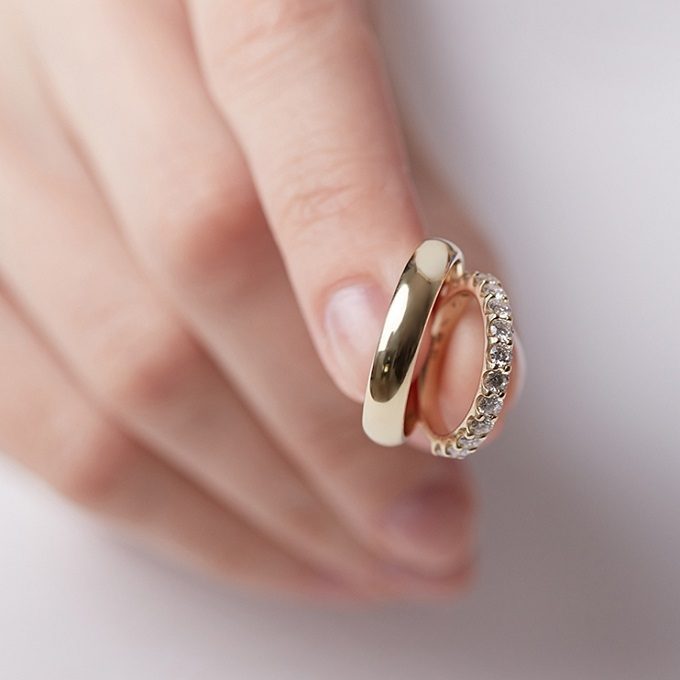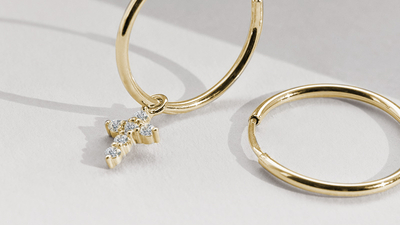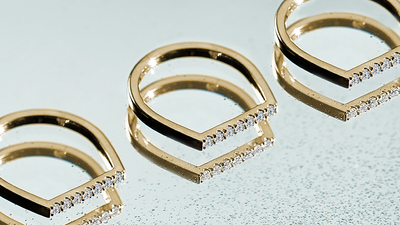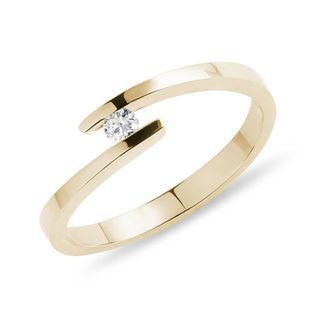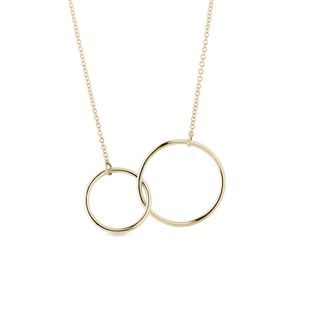Gold and gold jewels have been fascinating people for thousands of years. The rich history of the art of goldsmiths is our daily inspiration for handcrafting at the KLENOTA atelier. We realize we are a part of a long tradition, we build upon the experience of previous generations and the greatest goldsmiths, and we strive to continuously improve our skills and therefore contribute to the further development of jewelry making.
Do you also count yourself among the lovers of this shiny metal? Follow along to get more familiar with the history and legends that are connected to it…

What you may not know about gold
1. Gold has been strongly associated with ancient cultures and empires since the times of Mesopotamia and Ancient Egypt. Therefore, the inception of processing and crafting with gold has its roots in those days.
2. The weight of gold found in Tutankhamun’s tomb amounts to 9 tons. It includes masterfully processed jewels, a gold sarcophagus, a death mask, a throne, sculptures, and other artistically valuable objects.
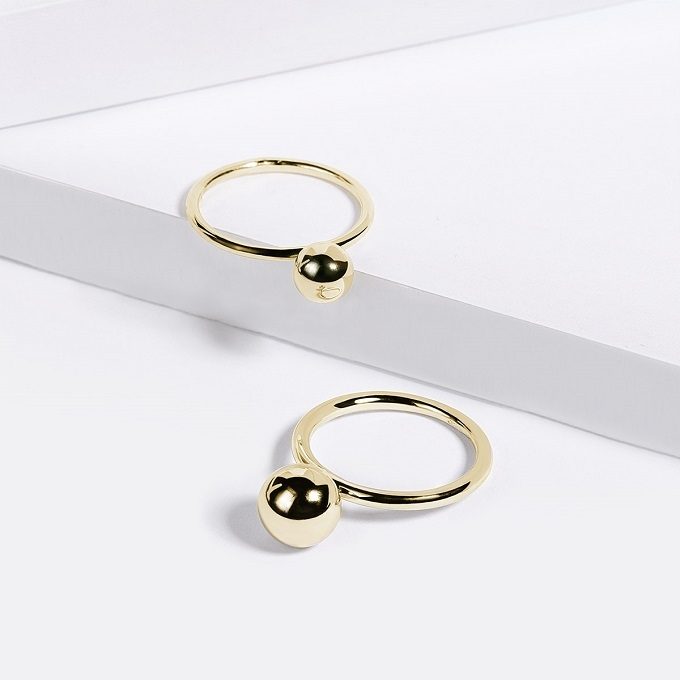
3. People in India believed that gold is the semen of the god Agni, its shine comes from the sun, symbolizing light and fire, and therefore, it is a source of life.
4. According to a Greek legend, the first ring was created by the god Zeus. It was supposed to have been forever worn by the Titan Prometheus as a symbol of his being chained to a rock.
5. Etruscans used a technique called granulation: they decorated a gold sheet with hundreds or thousands of balls, often as big as poppy seeds.

6. In Ancient Rome, only senators could wear gold rings according to the law. Free citizens were allowed to wear silver rings; slaves could only wear iron rings. Around the year 23 AD, a law was introduced that allowed free citizens to wear gold if their ancestors had been free for at least 2 generations.
7. Druids used to wear a gold sickle as a symbol of their position, and they used it to collect herbs, especially mistletoe.
8. The first Czech gold coin, a florin, was minted in 1325 during the reign of John of Bohemia. During the reign of Charles IV, the minting of gold ducats started.

9. From 1885 to 1917, the famous Fabergé eggs were created in Saint Petersburg by Russian goldsmith Carl Peter Fabergé. The first egg was gifted by the Russian emperor Alexander III to his wife Maria Feodorovna on the 20th anniversary of their engagement. Then, he gifted her another egg on Easter every year. Their son continued this tradition. There was a hidden surprise inside every egg.
10. An old myth says that if a groom fails to put a wedding ring on the woman’s finger smoothly and it gets stuck at the second knuckle of her ring finger, the woman will be the boss in the marriage. If he puts the ring on the bride’s finger smoothly, the man will be the head of the family.
